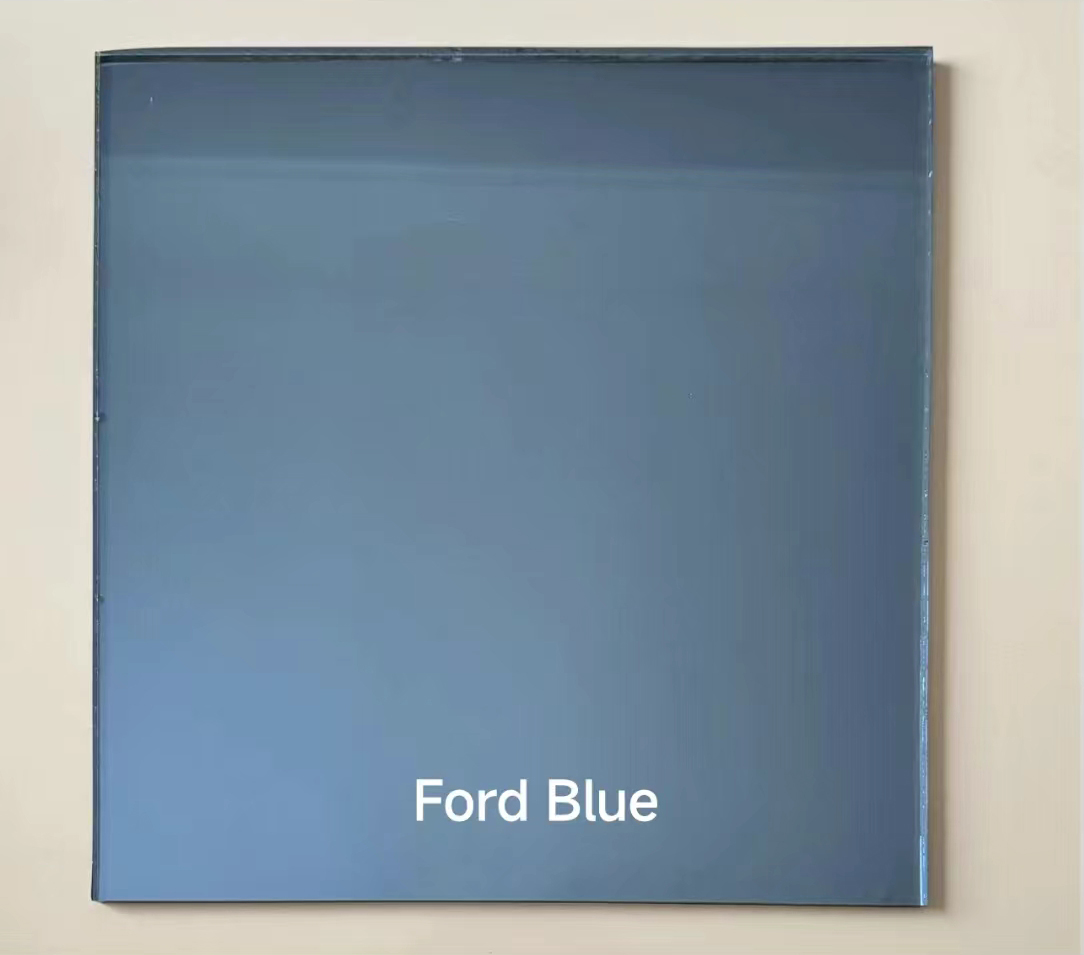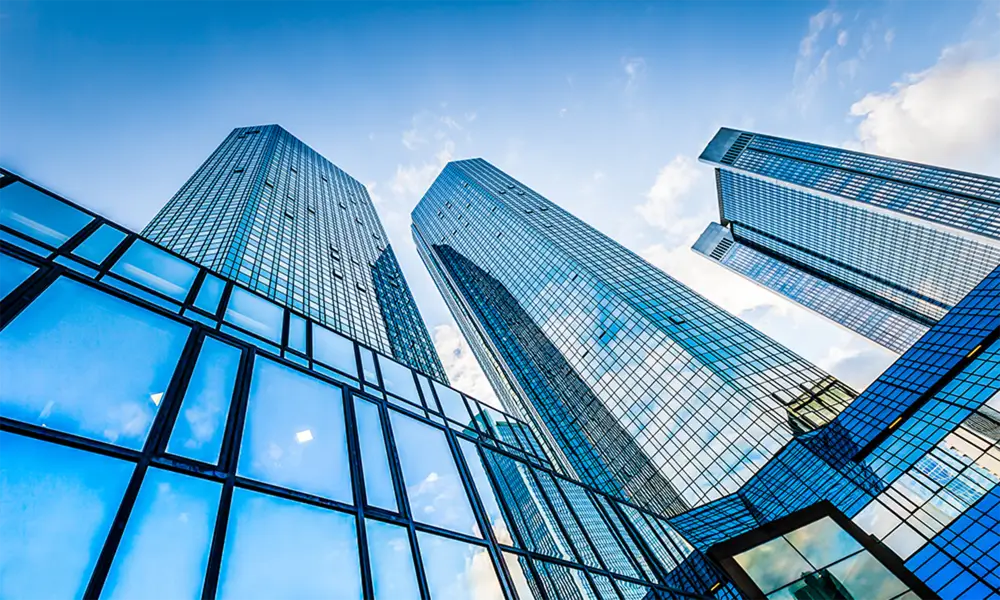Coloured float glass, a striking blend of functionality and aesthetics, has captured the imagination of designers and builders alike. By infusing a spectrum of vibrant colours into glass sheets crafted through the float process, this product stands as a testament to both technological advancement and creative vision. Here, we delve into the various aspects that make coloured float glass a remarkable choice for diverse applications.

The journey of crafting coloured float glass begins with the high-quality float process, where molten glass is poured onto a bed of molten tin. This creates an impeccably flat surface,
a characteristic that distinguishes float glass. What sets coloured float glass apart is the infusion of metallic oxides during this process. These oxides bestow the glass with a wide array of colors, enabling endless possibilities in design and application.
One might ask, what are the practical benefits of using coloured float glass? Beyond its aesthetic appeal, coloured float glass offers numerous functional advantages. Primarily, it acts as an excellent solar control solution. The colour in the glass can significantly reduce glare and solar heat gain, contributing to energy efficiency in both residential and commercial constructions. This translates into considerable savings on air conditioning costs and enhances indoor comfort throughout the year.

The versatility of coloured float glass cannot be overstated. It is available in a multitude of thicknesses, hues, and finishes, catering to different architectural and decorative requirements. From the sleek exteriors of modern skyscrapers to the stained glass windows of churches, the product's adaptability is evident. It integrates seamlessly into environments ranging from minimalist to opulent, reinforcing its role as a designer favourite.
In terms of durability, coloured float glass does not disappoint. Enhanced through processes like tempering or lamination, it exhibits superior strength and resistance against impacts. This makes it suitable for areas prone to harsh weather conditions or high human traffic, ensuring long-lasting performance and minimal maintenance. Furthermore, the durability comes with a safety advantage; in the unlikely event of breakage, the glass shatters into small fragments, reducing the risk of injury.
coloured float glass
Another notable feature of coloured float glass is its eco-friendliness. Not only is it recyclable, but its ability to filter harmful UV rays also protects interiors from fading, thereby extending the lifespan of furnishings and artworks. This characteristic underscores the product's alignment with sustainable building practices, a growing priority in today's conscientious construction industry.
For professionals seeking expert application of this material, collaboration with established suppliers and manufacturers is key. These experts provide valuable insights into selecting the right thickness and hue to achieve the desired effect, ensuring that both aesthetic and functional requirements are met. Proper installation by skilled technicians further guarantees optimal performance and longevity.
Empirical evidence and case studies from notable projects around the globe affirm the reliability and impact of coloured float glass. Energy savings, enhanced building sustainability ratings, and accolades in design competitions are but a few of the measurable achievements accredited to its use. As architects and builders increasingly prioritize green solutions, the role of coloured float glass in achieving these targets is pivotal.
The trustworthiness of coloured float glass is backed by industry standards and certifications. Manufacturers adhere to stringent quality controls, ensuring each sheet meets international safety and quality benchmarks before reaching the consumer. This adherence not only inspires confidence but also underscores the product's enduring relevance in modern architecture.
In conclusion, coloured float glass presents itself as a compelling choice for today's architects and builders. Its combination of aesthetic flexibility, energy efficiency, durability, and sustainability represents the pinnacle of modern glazing technology. As the industry continues to evolve, its role as a pillar of innovative design and practical application remains indisputable, offering a window into the future of construction.



